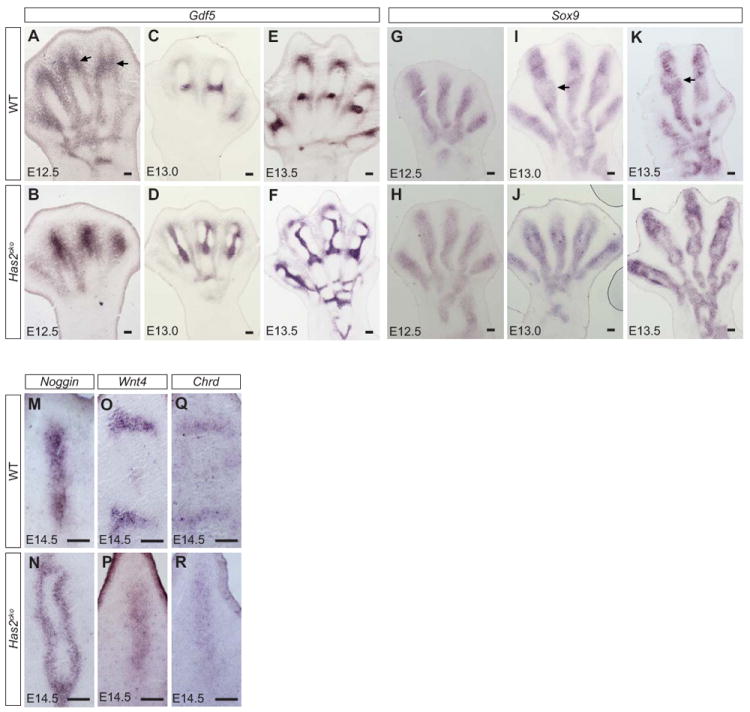Figure 4. Joint markers indicate aberrant positioning of the interzone in Has2cko.

Section in situ hybridization analysis for Gdf5 (A-F) and Sox9 (G-L) expression in wild-type (A, C, E, G, I, K) and Has2cko (B, D, F, H, J, L) limbs. The joint defects in Has2cko can be detected as early as E12.5 when Gdf5 expression, which highlights the position of forming interzone (A, arrow), is expanded (B). The aberrant Gdf5 expression becomes progressively more severe (C versus D) and by E13.5 the interzone is clearly orthogonally shifted in Has2cko mutant limbs (E versus F). Similarly, Sox9 expressions in the chondrocytic domain also highlight the defective interzone formation in Has2cko (G-L). Arrows mark interzone where Sox9 expression is absent, and this Sox9 negative zone is expanded in Has2cko digits. Similar to Sox9, Noggin expression is absent in the center of the condensing chondrocytes in Has2cko digits but instead surrounds the orthogonally shifted joint (compare M and N). RNA in situ hybridization analyses showing ectopic expression of additional joint interzone markers, Wnt4 and Chordin, in Has2cko hindlimb digits (P, R) compared with wildtype (O, Q) at E14.5. Scale bar, 50 microns
